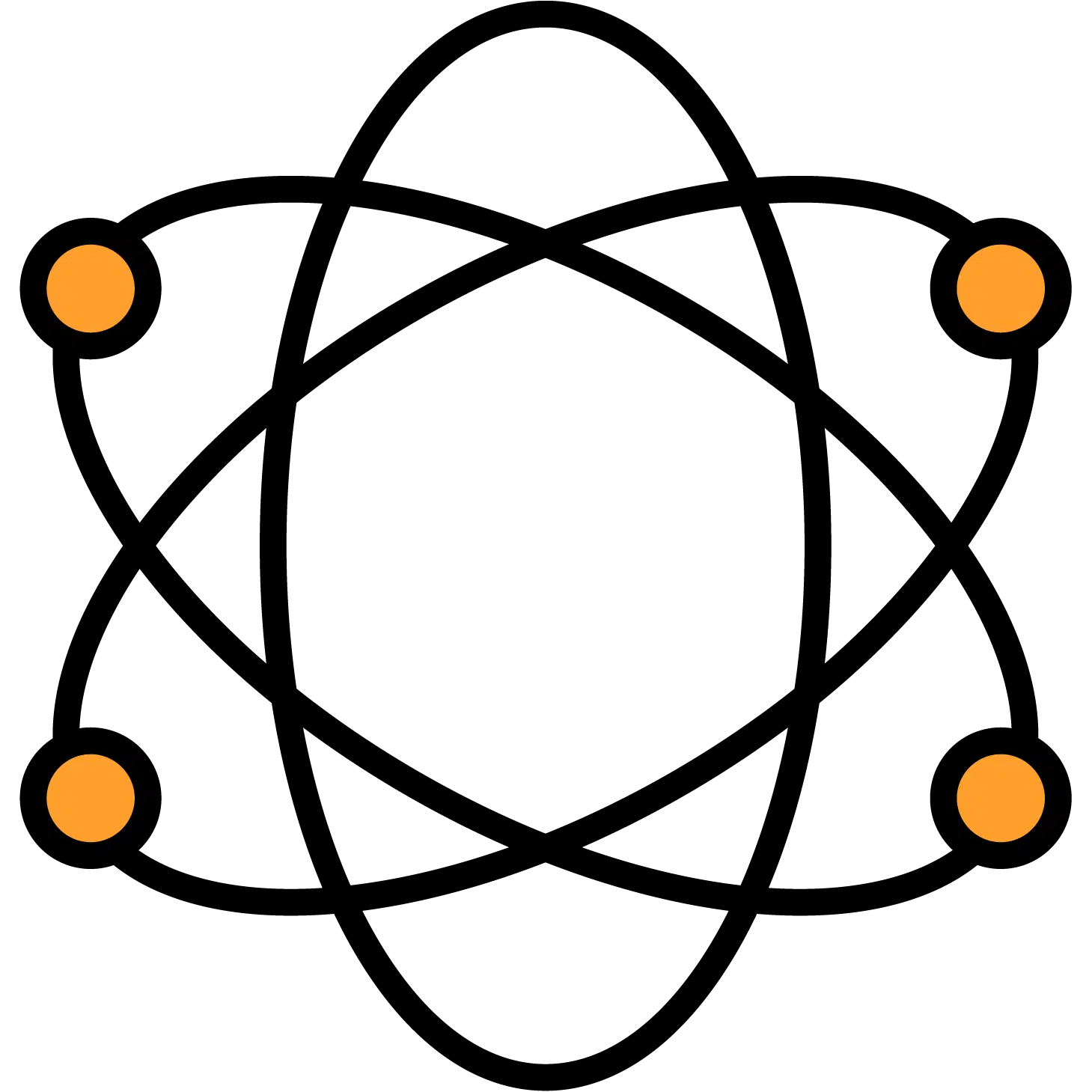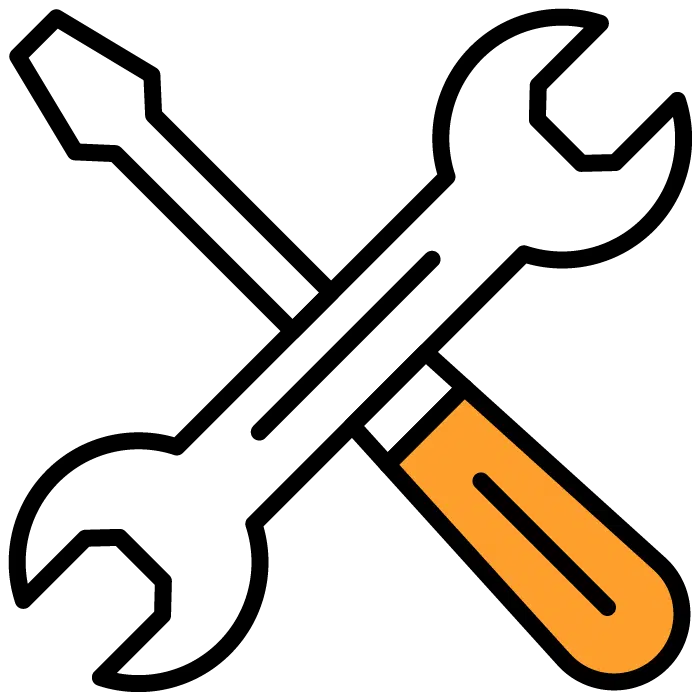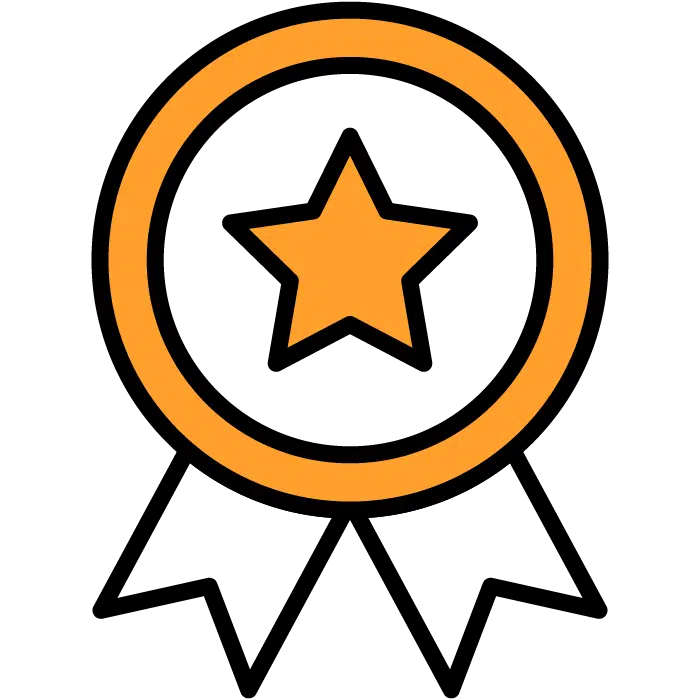Recruiting top talent efficiently can make or break a fast-growing company. Leaders often ask for examples of hiring processes they can model, but the smartest organizations know there is no single blueprint that works everywhere. Instead, a high-impact recruitment strategy is adaptable—leveraging proven methodologies to create a process that fits your unique business needs. This guide outlines actionable, effective hiring processes tailored for fast-growing companies and offers practical steps for building a successful recruitment funnel.
Why Your Hiring Process Matters
In fast-growth environments, hiring can feel relentless and chaotic. Inconsistent or delayed hiring practices risk turning away great candidates and hindering business results. A thoughtful, well-structured hiring process not only improves your ability to attract and select top talent but also strengthens your employer brand in the long run. Building this process begins with understanding your pipeline.
Step 1: Fill Your Candidate Funnel
Before evaluating candidates, you need a robust pipeline of applicants. Here are three essential strategies to build your candidate funnel:
1. Job Boards
Posting to popular job boards is a classic, high-visibility way to draw attention to your opportunities. For specialized roles or when applicant volume slows, sponsor key listings to reach targeted audiences. Optimize your job board postings with clear role descriptions and industry-specific keywords so top talent can find you.
2. Employee Referrals
Employee referrals often yield the highest quality talent—recommendations come from those who understand your company and culture best. Implement a structured referral program to encourage participation. Recognize every successful referral, either through financial rewards or public appreciation, to reinforce a culture of collaboration.
3. Direct Talent Outreach
For niche or senior positions, direct outreach is vital. Hiring managers should maintain a warm network of potential candidates, engaging with them even before roles open. Personalize messages, highlight growth and learning opportunities, and regularly nurture these relationships to build a ready pool of prospects.
Building a Balanced Funnel
A comprehensive funnel blends all three sources. Review current data on your best hires: Did they come from job boards, referrals, or proactive sourcing? Use these insights to prioritize resources and continuously improve your sourcing strategies.
In fact, findings from this study on the effectiveness of recruitment processes highlight that well-structured sourcing strategies—especially those backed by data—are directly linked to higher candidate quality and faster hiring cycles in high-growth environments.
For more on modern sourcing tactics and referral optimization, see our guide on 10 recruitment techniques.
Two Proven Hiring Processes: Manual vs. Automated

Once your funnel is healthy, choose the hiring path best suited to your goals and resources. While every growing company should tailor its approach, two frameworks consistently deliver strong results:
Thorough Manual Hiring Process
Best for companies seeking high-quality hires through deeper, hands-on evaluation:
Process Steps
- Resume Review
- Assign a trained team member or recruiter to scan applications quickly and accurately.
- Use an Applicant Tracking System to organize candidate flow and keep resumes searchable.
- Initial Interviews
- Schedule phone or video screens within 24 hours of resume review. Timely outreach demonstrates respect for candidates and keeps your process competitive.
- Use automated interview scheduling tools to streamline booking with minimal back-and-forth.
- Assessments
- Integrate role-specific custom skill tests and soft-skill evaluations early. Assess integrity, attitude, and aptitude before moving to deeper interviews.
- In-Depth Interviews
- Leverage structured formats such as behavioral interviews or methods like Topgrading. Use consistent interview guides and candidate scorecards to ensure fair, data-driven evaluations.
- For cultural fit, consider incorporating elements from our insights on cultural fit in hiring.
- Reference Checks
- Always verify employment history directly with supervisors—not just listed references. Automated reference checking accelerates this step and reduces errors.
- Working Interviews
- Invite finalists to participate in realistic job activities or shadow current employees for a few hours. This provides clarity for both hiring managers and candidates on day-to-day realities. For a deep dive, check out practical advice in our guide on giving candidates real work experience.
Table: Manual Process Pros and Cons
| Pros | Cons |
|---|---|
| Deep candidate insights | Requires more internal resources |
| Strong assessment of soft skills | Can slow time-to-hire |
| Higher quality-of-hire | May not scale for high-volume roles |
Highly Automated Hiring Process
Ideal for companies with large applicant volumes or urgent hiring needs, this process uses smart automation to streamline each stage:
Process Steps
- Application with Screening Questions
- Use tailored forms that include must-have role qualifications. Auto-disqualify clear mismatches.
- Instant Assessments
- Integrate quick online tests focused on role-specific competencies and behaviors. Results instantly rank candidates for next steps, with tools like employee assessment software helping automate this stage.
- Shortlist Candidates
- Use pre-set scoring criteria to instantly move top performers forward, minimizing manager workload while ensuring objectivity.
- Video Screening
- Administer one-way video interviews so candidates can respond on their own schedules. Review submissions on your timeline, ensuring consistency and saving time.
- Final Interviews and Checks
- For shortlisted applicants, switch to manual steps (detailed interviews, reference checks, job trials) following the manual process described above.
Table: Automated Process Pros and Cons
| Pros | Cons |
|---|---|
| Rapidly scales for high-volume needs | Risk missing high-potential outliers |
| Objective and consistent evaluation | May feel impersonal to candidates |
| Reduces time-to-hire | Less nuanced soft-skill assessment |
Common Pitfalls and How to Avoid Them
Even with robust processes, hiring in a fast-growth environment is challenging. Watch for these common mistakes:
- Delays in candidate communication: Respond within 24–48 hours so top talent doesn’t lose interest or accept other offers.
- Disorganization between team members: Use shared tools for documentation and candidate feedback to keep everyone aligned.
- Overly rigid automation: Relying too much on automation can filter out non-traditional but valuable candidates. Always review edge cases manually where possible.
To dive deeper into how to overcome frequent recruitment challenges, review our guide on overcoming recruitment challenges.
Which Approach Is Right for Your Company?

The best hiring process depends on your:
- Hiring volume: High volumes may benefit from automation; low volumes allow for personalized manual review.
- Internal resources: More staff can support deeper, multi-stage manual evaluations.
- Time sensitivity: Fill urgent roles quickly with automation, but use caution and avoid sacrificing quality.
Take time to map out your challenges and identify your company’s strengths. Are you missing candidates due to slow communication? Is your team bogged down in manual processes that could be automated? Pinpoint these gaps and select tools and processes that address your highest friction points.
Additional Resources
- Case Study: Contractor Staffing Solutions – Learn how one company achieved a 91% success rate using a strategic hiring approach.
- Give Candidates Real Work Experience Before They Start: A Detailed Guide
- 10 Recruitment Techniques to Hire Better
Final Thoughts: Take the Next Step in Improving Your Hiring
Optimizing your hiring process is an ongoing journey. Small adjustments—like streamlining your funnel or experimenting with new assessment tools—can make a large impact. Don’t be afraid to pilot new strategies, measure results, and iterate for even better outcomes.
If you’d like tailored guidance on selecting or improving your recruitment process, schedule a free demo with our hiring experts. You’ll gain actionable insights to help grow your business with confidence.
By applying these practical steps, your fast-growing company can develop a hiring process that is both efficient and robust—helping you find and select the right talent, every time.




